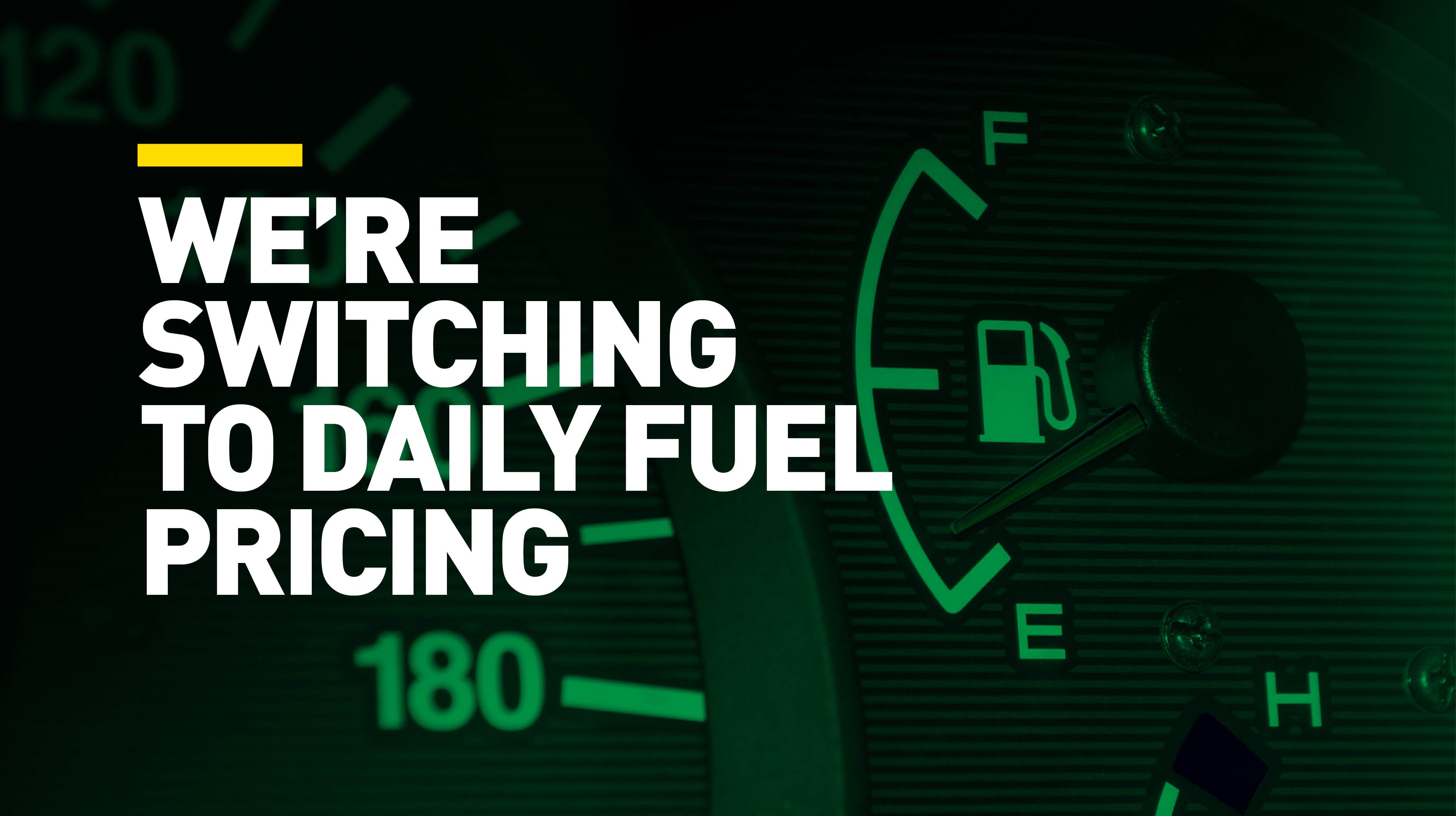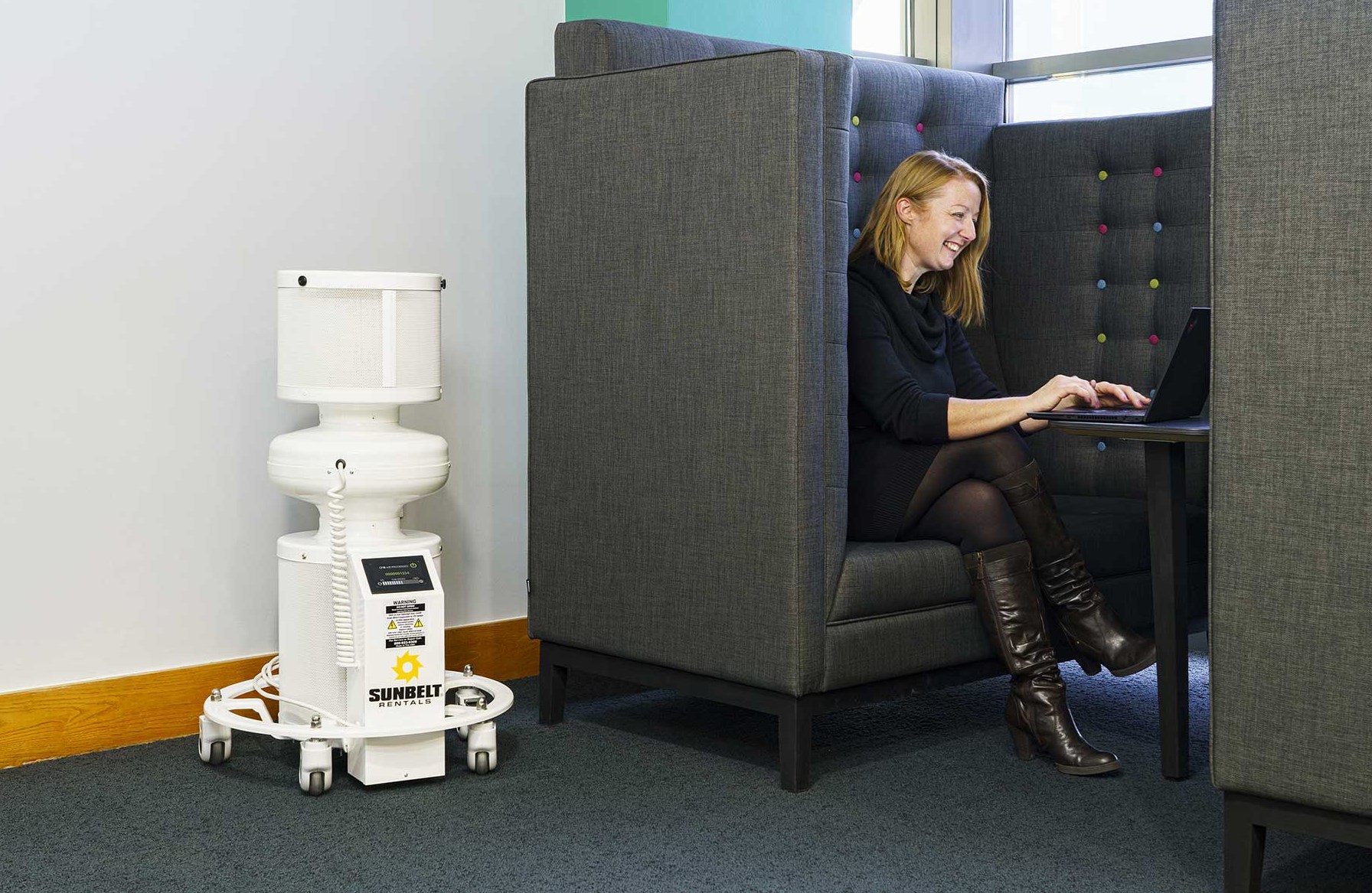Top Five Tips To Go Green In Facilities Management
blog 06 Apr 2022
In our latest blog, we look at top tips to help you integrate greener solutions into your facilities management decision-making.
With the spotlight continuing to shine bright on the effect our everyday activities are having on the future of the planet, it’s never been more important to ensure you are making sustainable decisions when it comes to your facilities management.
Of course, there are many factors to consider when designing, executing, and then managing a building project, but with the way buildings are constructed and maintained having the ability to contribute to global warming and ultimately damage our health, the ‘greener’ your working practices then the less likelihood of long-term issues for your staff and the wider public.
But how can you transfer opportunities to ‘go green’ into your facilities management planning? What are the decisions you can make now which can have the effect of both driving efficiencies and reducing costs with your project as well as contributing to a better future for us all?
In our latest blog, we look at top tips to help you integrate greener solutions into your facilities management decision-making.
1. GO GREEN WITH YOUR EQUIPMENT
The most obvious way to act sustainably as a business is to source and use environmentally friendly products.
At a time when we are all being asked to look at the carbon footprint we are leaving behind, the choice of products to drive your operations can have a significant impact on the environment around you.
When thinking about the equipment you are looking to source, ensure sustainability is always front of mind.
Temporary power solutions have often been large contributors to noise and greenhouse emissions on sites and at events. But a growing range of innovative solutions has been developed over recent years, helping reduce noise, emissions, fuel consumption – and money!
So, what solutions should I be looking at?
Ideas include using Stage V Generators, utilising the latest technology to improve air quality by reducing CO2 emissions, nitrogen oxides, and particulate matter.
Battery storage units can be installed alongside a fuel-powered generator or mains connection to offer periods of silent power, significantly reducing fuel consumption.
You can also make the switch from diesel to HVO fuel, reducing your carbon emissions by up to 90 percent.
If required to light your site, maybe overnight to maintain access and keep your workers safe, then solar lights designed to operate all year round can reduce your running costs to zero!
The range of electric-powered access equipment has expanded over recent years for use both indoors and outdoors. The results have been incredible with electric, hybrid, and fuel electric models now able to run on HVO to bring emissions down by up to 90 percent. You can also add electric and hybrid scissor lifts into the mix along with electric vertical masts.
The sustainable options are endless!
2. THE BENEFITS OF BIM
BIM (or ‘Building Information Modelling’ to give it its proper name) is the process of generating and managing data about a building or piece of infrastructure during its lifecycle.
Using BIM, project managers can digitally build their working environment before work begins, ensuring the rental equipment is the right size for the job, it has the right features and capabilities, the right number of assets are on site, a safety plan is made before the start and, importantly, the environmental impact of the project is understood.
No longer do you need to guess what the effect of your project on the environment around you is going to be; all the calculations are done before you even begin.
That means, depending on what information you program into BIM, you’ll know the Co2 per litre of diesel, HVO, or petrol which will be consumed as well as, from a wider environmental perspective, the levels of light pollution and noise pollution.
You can then use this information to make different decisions, possibly switching out some products for more sustainable options and looking at how they perform within the digital application before moving to a real-life environment.
BIM is your gateway to 100 percent peace of mind. No worrying about having to suffer the pain of costly re-works, and all the added and unnecessary impact on the environment that would have – you’ll get it right the first time, every time.
3. MONITOR YOUR ENVIRONMENT
Once your project is underway and you are working with your range of sustainable equipment, make sure you continue to monitor the impact you are having on the wider environment.
There are many products available to help you achieve this – for example the Casella Guardian which you can use to keep up to date with levels of dust, noise, and vibrations.
Air quality monitors are designed to assess the effects of air pollution from the site while vibration monitoring can help prevent structural damage, especially on construction sites where heavy equipment and machinery will be in operation.
Monitoring noise from construction sites is also helpful to reduce possible tension with nearby residents while also improving efficiency, with employees likely to work longer hours without the prospect of high noise levels.
Environmental monitoring is always important, but it can also sometimes be a legal requirement. Not only is regular monitoring necessary for the impact on the wider world, but it also protects workers on the site from operating in potentially harmful or dangerous conditions.
4. SCORE YOUR SOCIAL VALUE
The environmentally friendly decisions you make can also be quantified via the attribution of a ‘social value’ score.
You don’t need to talk in loose terms about the good you are doing, using an online portal you are able to determine a social value score that gives clear visibility of the efforts you are making to go green.
When planning the full lifecycle of your project, and using tools like BIM to help, you can quickly see for example the social value for every ton of carbon emissions you are saving.
You may need a variety of rental components for your project – for example, accommodation, power, and lighting. Using BIM, you can make decisions to swap equipment around to save a significant amount of usage hours, and at the same time reduce carbon emissions to be able to quantify the social value you are delivering for your local community.
There are other ways to claim social value, such as eliminating waste to landfill and claiming value for the reduction per ton of diverted waste.
How well are you measuring and reporting on your social value? If you are playing a role in creating a better environment for us all, then there’s no reason not to shout about it.
5. CONSOLIDATE YOUR SUPPLY CHAIN
Are you hiring from multiple companies? Are there delays in your orders, as a result, resulting in increased costs to your business?
If so then you don’t have a consolidated supply chain, which as well as causing day-to-day practical difficulties is also contributing to unnecessary environmental damage.
Are you driving your partners hard enough to generate the most eco-friendly solutions out of them for your project? Are they actively using and promoting the use and benefits of greener products?
And, as discussed earlier, are they giving social value?
A consolidated supply chain based around self-delivery, eco-friendly solutions, and safety right at the top of the list can save your business money and lower your overall carbon footprint.
It will also likely mean fewer sleepless nights if you’re not forced to constantly chase for deliveries and have to adjust your project management timetable.
Is it time for you to review your supply chain?
To find out how Sunbelt Rentals can work with you to deliver a complete facilities management solution, from start to finish and with ‘green’ at the heart of everything we do, get in touch with our experts today.

 Open your account online within 24 hours
Open your account online within 24 hours  Nationwide, next day delivery available
Nationwide, next day delivery available  Over 200 locations near you
Over 200 locations near you 

